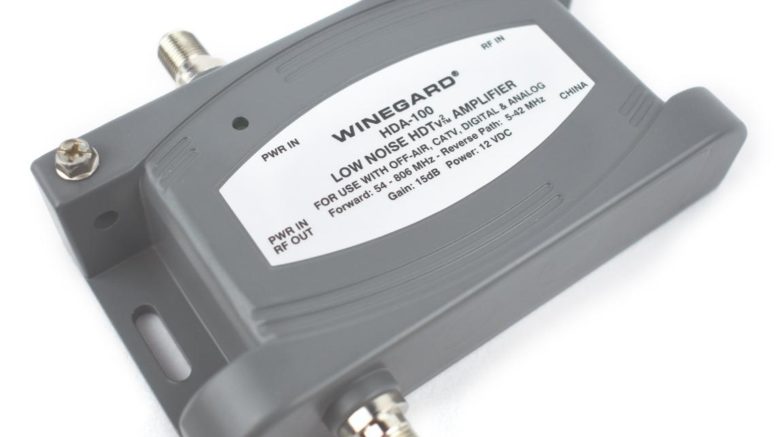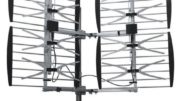Everything has its limits. Even though the signals that travel through our cables are all digital, there comes a point when they are so weak that they can’t be received. When that happens, we have problems with our televisions, our modems, our cell signals, pretty much everything. Amplifiers can help but only if you use them right. So let’s dive into answering the question.
The basics
First of all, signals going through a wire are just very weak electricity. That electricity has been monkeyed with in a predictable way. It’s the monkeying that we call a “signal” while the electricity is a “carrier wave.”
How weak can that carrier wave be? A very strong signal would be about 1/1000th of a watt, or what we call “zero dBm.” If you want to dive deeper into what that means, read here and here. Most signals are quite a bit weaker than that, in the range of -30 to -50 dBm. Again, you can read up a lot about that in the links above. For now just know that numbers further than zero are weaker. So, like -50 is weaker than -30.
We measure the difference between signals in dB. dB aren’t the same thing as dBm and there’s a lot to understand about that. But again I’m trying to keep this article pretty simple. If you want more, check out this video. So when you’re talking about amplifying or splitting a signal, you’re gaining or losing some dB. The final measurement is in dBm.
First things first
If you’re talking about a satellite signal, there’s something you should know. All the major satellite systems in use in the United States let you use splitters to split the signal. However, none of them let you use amplifiers to replace lost signal levels. There’s a lot behind the “why” of that, but for this article let’s just take it as a given. You can’t amplify satellite signals once they are past the multiswitch [and most of the time the multiswitch is inside the dish itself.]
So really this article has to do with antenna or cable television. Both of these technologies allow for the use of distribution amplifiers. A distribution amplifier is designed to pump the signal on the line by adding voltage to it. You can’t amplify an unlimited number of times, but for most purposes you won’t have a problem. Eventually the signal gets so weak and there’s so much noise that you can’t go any further, but with today’s amplifiers that doesn’t happen until you’ve gone very very long distances.
Finally, an answer
Let’s say you were starting with a strong signal. That’s important, because if the signal isn’t strong before you split it, it will only get worse after you split it. You will always lose signal when you split. That’s nothing you can avoid. Here’s a table that gives you an idea how that would work. Numbers are rounded to the nearest dB, and every splitter will be a little different.
| Number of Ports | How much you lose |
|---|---|
| 2 | 3dB |
| 4 | 7dB |
| 8 | 15dB |
As I said these numbers are approximate.
The only thing you have to do if you want to split more than that is put back the dBs you have lose. If you want to amplify a signal to make up for an 8-port splitter, you’ll want to put back 15dB. This distribution amplifier does that perfectly.
But do you need to amplify? If you split the signal and it’s working for you, you probably don’t. Just because you’re splitting doesn’t mean you have to amplify to make up for it. However if you want to plan for future expansion, you’ll want to make room for that amplifier at some point.
So really it’s up to you how much you want to split, and how much signal you’ll need to put back. When you’re ready to buy a splitter or amplifier, or anything to make your digital life better, check out the great selection at Solid Signal.





